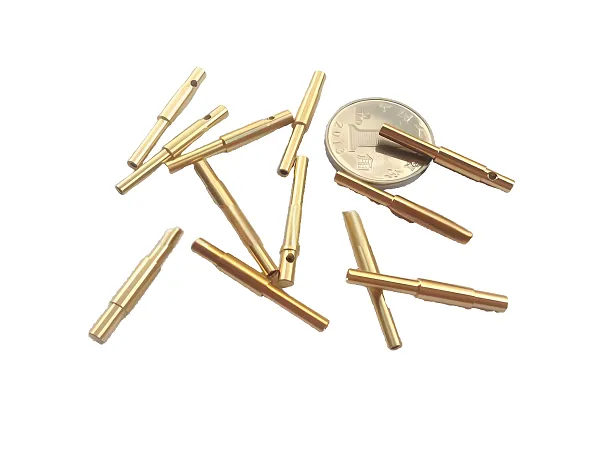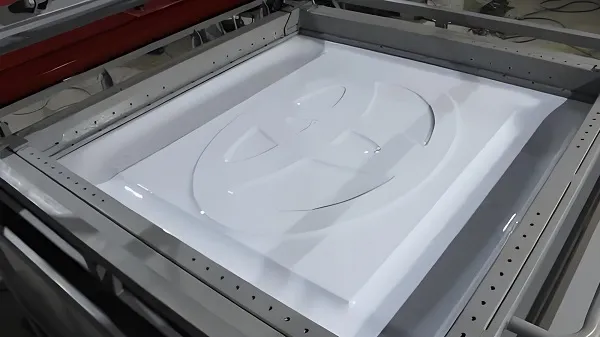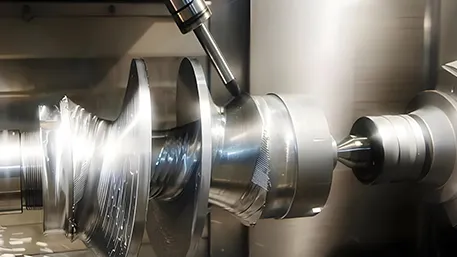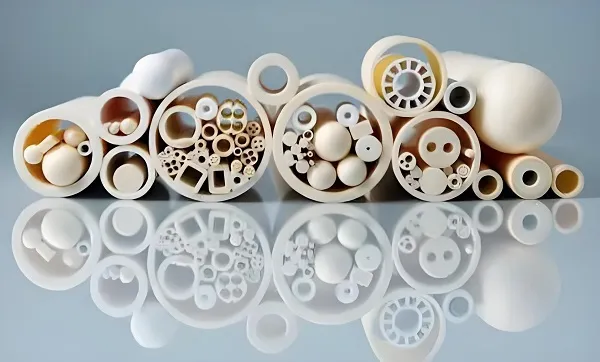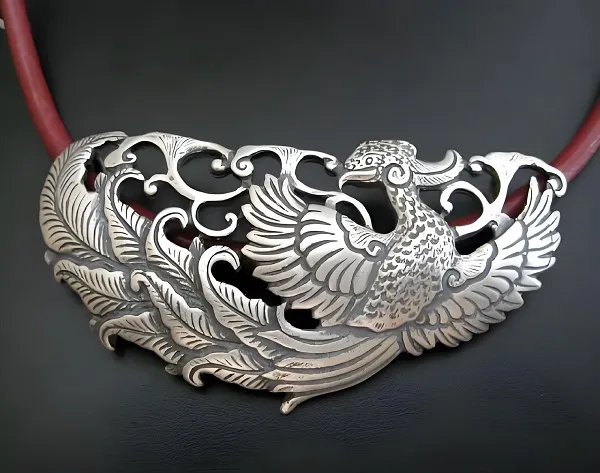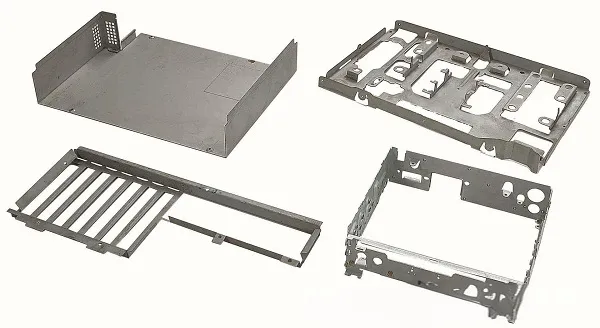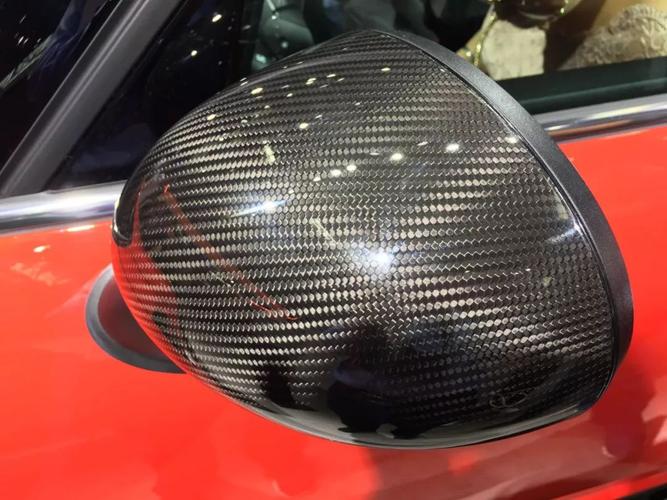
Core Manufacturing Technologies: Engineering for Strength & Lightness
1. Advanced Composite Layup
- Precision fiber placement: Uses 6-axis robotic layup systems to position 3K/6K carbon fiber prepreg (0.125mm thickness) with ±0.5mm accuracy, optimizing fiber orientation (0°/90°/±45°) for load-specific strength. A carbon fiber hood for a sports car with 60% 0° fibers (longitudinal strength) and 40% ±45° fibers (torsional rigidity) achieved 300MPa flexural strength while weighing 5.2kg (65% lighter than steel).
- Variable thickness layup: Engineers adjust ply count (4-24 layers) to create gradient thickness (2-6mm) in high-stress areas—e.g., a carbon fiber front fender with 8 layers at mounting points (4mm) and 4 layers in panel centers (2mm), reducing weight by 15% vs. uniform thickness designs.
- Core integration: Bonds carbon fiber skins to aluminum honeycomb or foam cores (10-20mm thickness) for structural parts like door panels and trunk lids, achieving 200% higher stiffness-to-weight ratio than solid carbon fiber. A luxury EV door panel with Nomex honeycomb core weighed 2.8kg (70% lighter than aluminum) while meeting side impact standards.
2. Autoclave Curing & Dimensional Control
- High-pressure curing: Cures prepreg parts at 120-180℃ and 6-8 bar pressure in autoclaves, eliminating voids (≤1% porosity) and ensuring uniform resin distribution. A carbon fiber roof for a supercar cured at 150℃ achieved 99.5% fiber volume fraction, with tensile strength testing at 1,250MPa (10% higher than industry standards).
- Tooling precision: Machines aluminum molds (±0.05mm tolerance) with polished surfaces (Ra 0.02μm) to replicate carbon fiber weave patterns and gloss finish, reducing post-curing finishing time by 40%. A 3K twill weave hood achieved mirror-like surface finish (Ra 0.05μm) directly from the mold, requiring no additional polishing.
- Post-cure dimensional stabilization: Subjects parts to 8-hour 120℃ post-cure to reduce residual stress by 80%, ensuring ≤0.1mm/m warpage over -40℃ to 80℃ thermal cycles. A carbon fiber diffuser for racing cars maintained 0.05mm fit tolerance after 500km of track use, critical for aerodynamic performance.
3. Precision Machining & Finishing
- 5-axis CNC trimming: Uses diamond-tipped tools to trim cured carbon fiber parts with ±0.1mm tolerance, cutting complex edges (e.g., headlight openings, mounting flanges) without delamination. A carbon fiber front bumper with 12 mounting holes achieved 0.05mm positional accuracy, ensuring perfect alignment with OEM fenders.
- Clear coating for protection: Applies 2-3 layers of UV-resistant clear coat (80-120μm thickness) with ceramic additives, achieving 95% gloss retention after 3,000 hours UV exposure and resisting rock chips (3H pencil hardness). A 3K carbon fiber interior trim set maintained weave visibility and gloss across 1,000 units, with ΔE <1 color consistency.
- Weave customization: Offers custom weave patterns (twill, plain, forged, herringbone) and resin colors (clear, black, colored), creating unique aesthetics—e.g., a 6K plain weave with red resin for a limited-edition sports car, achieving 98% pattern consistency.
4. Performance Testing & Validation
- Tensile testing: Verifies carbon fiber parts meet 1,000-1,500MPa tensile strength (per ASTM D3039), with 3K twill weave parts averaging 1,200MPa—3x stronger than aluminum (6061-T6).
- Impact resistance: Carbon fiber hoods and fenders undergo 30km/h pendulum impact testing (per FMVSS 208), showing ≤5mm deformation and no sharp edges, meeting pedestrian safety standards.
- Aerodynamic validation: Uses wind tunnel testing to verify performance parts (splitters, diffusers) reduce drag coefficient (Cd) by 5-15%—e.g., a carbon fiber rear wing for a racing car increased downforce by 80kg at 200km/h without excessive drag.
Material Expertise: Matching Carbon Fiber to Car Part Requirements
|
Carbon Fiber Type
|
Resin System
|
Key Properties
|
Application
|
Advantages
|
|
3K Twill Weave Prepreg
|
Epoxy (120℃ cure)
|
1,200MPa tensile strength, 0.05mm weave visibility
|
Body panels, interior trims
|
High-end aesthetics; balanced strength; 50% lighter than steel.
|
|
6K Plain Weave Prepreg
|
Epoxy (180℃ cure)
|
1,500MPa tensile strength, 0.1mm thickness per ply
|
Structural components (door sills, roll cages)
|
Higher strength; cost-effective for high-ply parts.
|
|
Forged Carbon Fiber
|
Polyester resin
|
800MPa tensile strength, random fiber orientation
|
Bumpers, mirror caps
|
Unique marbled finish; 30% faster production than woven.
|
|
Carbon Fiber + Kevlar Hybrid
|
Phenolic resin
|
1,000MPa tensile strength, impact resistance
|
Racing crash structures
|
2x impact absorption vs. pure carbon fiber; FIA compliant.
|
Custom Carbon Fiber Car Parts Manufacturing Process
- Design & FEA Optimization: Engineers collaborate with clients to:
-
- Reduce weight (target: 50-70% vs. steel/aluminum)
-
- Optimize fiber orientation (0° for longitudinal loads, ±45° for torsion)
-
- Ensure OEM fit (mounting holes with ±0.1mm tolerance, edge gaps ≤0.5mm)
- Prototyping:
-
- 3D printed sacrificial molds for small parts (e.g., mirror caps)
-
- Hand-laid carbon fiber prototypes for fit validation (3-5 days)
-
- Functional testing (weight, strength, fit) before tooling
- Tooling production:
-
- CNC machined aluminum molds (±0.05mm tolerance) with heating channels
-
- Release agent application (PTFE-based) for easy part removal
- Composite manufacturing:
-
- Robotic/precision hand layup of carbon fiber prepreg
-
- Autoclave curing (6 bar pressure, 120-180℃) for 2-4 hours
-
- De-molding and flash trimming
- Finishing & quality control:
-
- CNC trimming to final dimensions
-
- Clear coating (2-3 layers) with oven curing
-
- Inspection: CMM for dimensions, ultrasonic testing for voids, gloss meter for finish
Custom Carbon Fiber Car Parts Application Fields
- Luxury & Sports Cars: Carbon fiber hoods, roof panels, and interior trims (e.g., Porsche 911, Ferrari 488 customizations) with 3K twill weave and high-gloss finish.
- Racing & Motorsports: FIA-compliant carbon fiber crash structures, aerodynamic kits (splitters, diffusers), and lightweight seat shells for GT3, Formula, and rally cars.
- Electric Vehicles: Battery covers, door panels, and chassis components (weight reduction improves range by 5-8% for EVs like Tesla Model S custom builds).
- Classic Car Restorations: Carbon fiber body panels (e.g., 1960s Mustang, Jaguar E-Type) that replicate vintage shapes with modern weight savings and durability.
Customization Capabilities: From Concept to Production
- Aesthetic customization:
-
- Weave patterns (3K/6K twill, plain, forged)
-
- Finish options (high gloss, matte, satin, colored resin)
-
- Brand integration (laser-etched logos, contrasting weave accents)
- Performance customization:
-
- Weight targets (e.g., 3kg for a sports car hood)
-
- Strength requirements (FIA, SFI, or OEM standards)
-
- Aerodynamic features (vents, diffuser fins, gurney flaps)
- Fitment options:
-
- OEM vehicle compatibility (BMW M, Mercedes-AMG, Ford Mustang)
-
- Custom build integration (one-off supercars, restomods)
-
- Heritage part replication (vintage shapes with carbon fiber benefits)
- Production scalability: 1-100 units/year (limited editions) to 5,000+ units/year (automotive OEMs), with consistent quality across runs.
Common Customization Questions
- Q: What’s the lead time for a custom carbon fiber hood?
- Q: How durable is carbon fiber in daily driving (rock chips, UV exposure)?
-
- Clear-coated carbon fiber resists rock chips (3H pencil hardness) and maintains gloss (ΔE <2) after 3,000 hours UV exposure.
-
- Minor scratches can be polished; deep damage is repairable with carbon fiber patches and clear coat.
- Q: Can carbon fiber parts be color-matched to car paint?
- Q: What’s the weight savings vs. traditional materials?
-
- vs. steel: 60-70% weight reduction (e.g., 15kg steel hood → 5kg carbon fiber)
-
- vs. aluminum: 30-40% weight reduction (e.g., 8kg aluminum door panel → 5kg carbon fiber)

